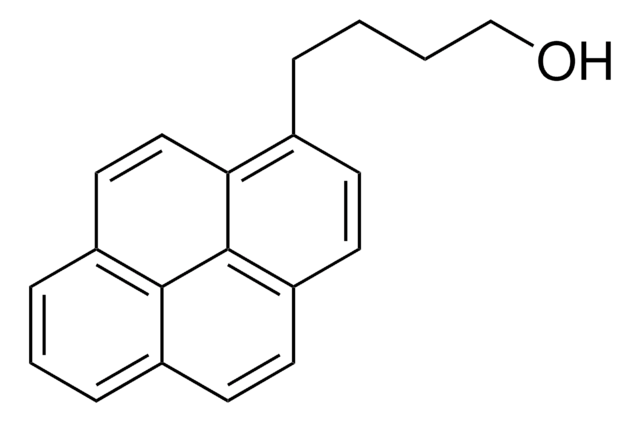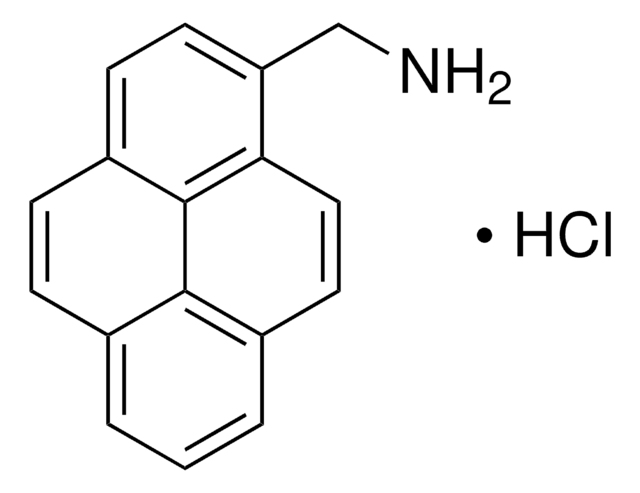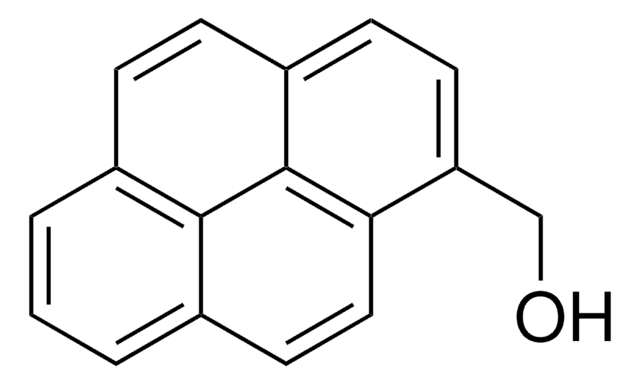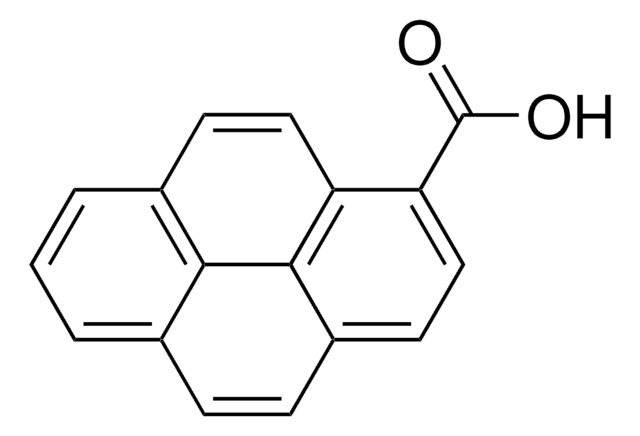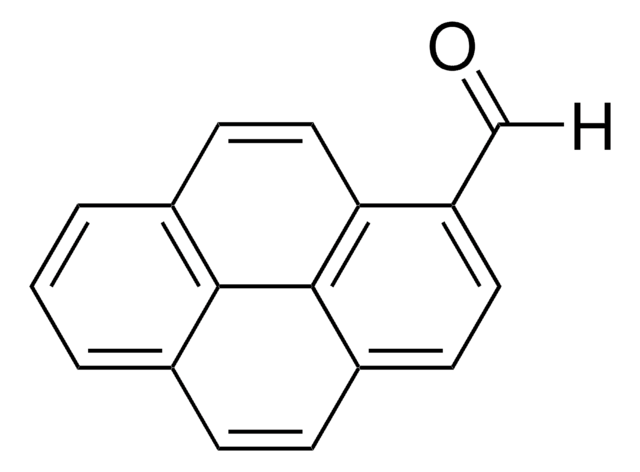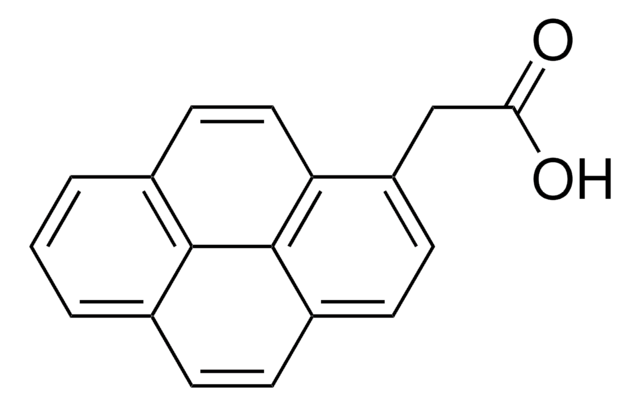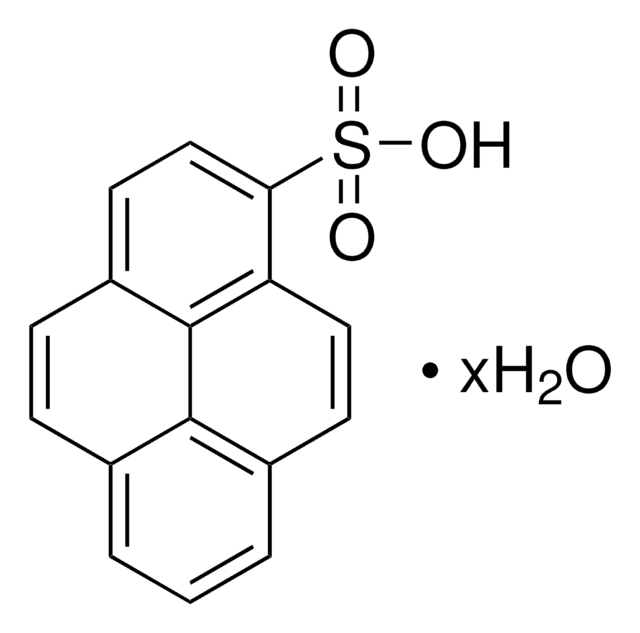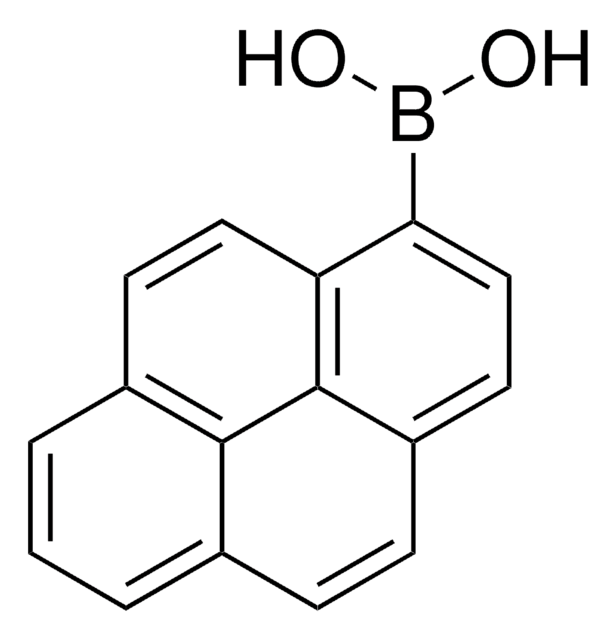257354
1-Pyrenebutyric acid
97%
Synonyme(s) :
4-(1-Pyrenyl)butyric acid, PyBA
About This Item
Produits recommandés
Niveau de qualité
Pureté
97%
Forme
powder
Pf
184-186 °C (lit.)
Fluorescence
λex 341 nm; λem 376 nm in methanol
λex 342 nm; λem 395 nm (Reaction product)
Chaîne SMILES
OC(=O)CCCc1ccc2ccc3cccc4ccc1c2c34
InChI
1S/C20H16O2/c21-18(22)6-2-3-13-7-8-16-10-9-14-4-1-5-15-11-12-17(13)20(16)19(14)15/h1,4-5,7-12H,2-3,6H2,(H,21,22)
Clé InChI
QXYRRCOJHNZVDJ-UHFFFAOYSA-N
Vous recherchez des produits similaires ? Visite Guide de comparaison des produits
Description générale
Application
Mention d'avertissement
Warning
Mentions de danger
Conseils de prudence
Classification des risques
Eye Irrit. 2 - Skin Irrit. 2 - STOT SE 3
Organes cibles
Respiratory system
Code de la classe de stockage
11 - Combustible Solids
Classe de danger pour l'eau (WGK)
WGK 3
Point d'éclair (°F)
Not applicable
Point d'éclair (°C)
Not applicable
Équipement de protection individuelle
dust mask type N95 (US), Eyeshields, Gloves
Faites votre choix parmi les versions les plus récentes :
Déjà en possession de ce produit ?
Retrouvez la documentation relative aux produits que vous avez récemment achetés dans la Bibliothèque de documents.
Les clients ont également consulté
Articles
Nitric oxide (NO) as a signal transporter in neurons, endothelial cells and in the immune system.
Notre équipe de scientifiques dispose d'une expérience dans tous les secteurs de la recherche, notamment en sciences de la vie, science des matériaux, synthèse chimique, chromatographie, analyse et dans de nombreux autres domaines..
Contacter notre Service technique